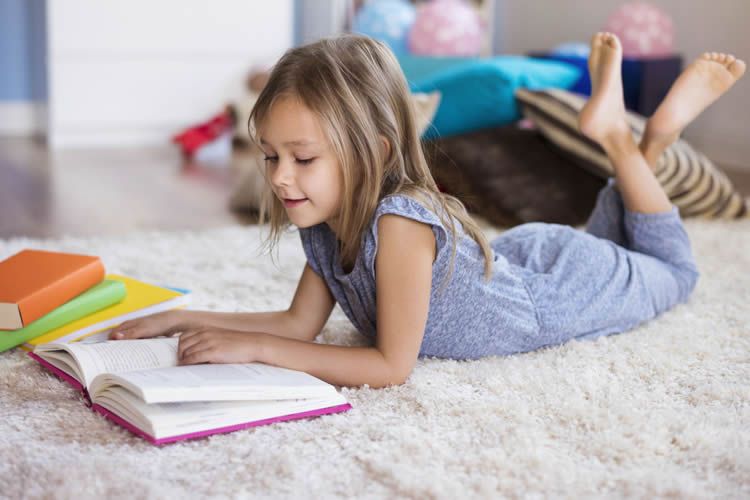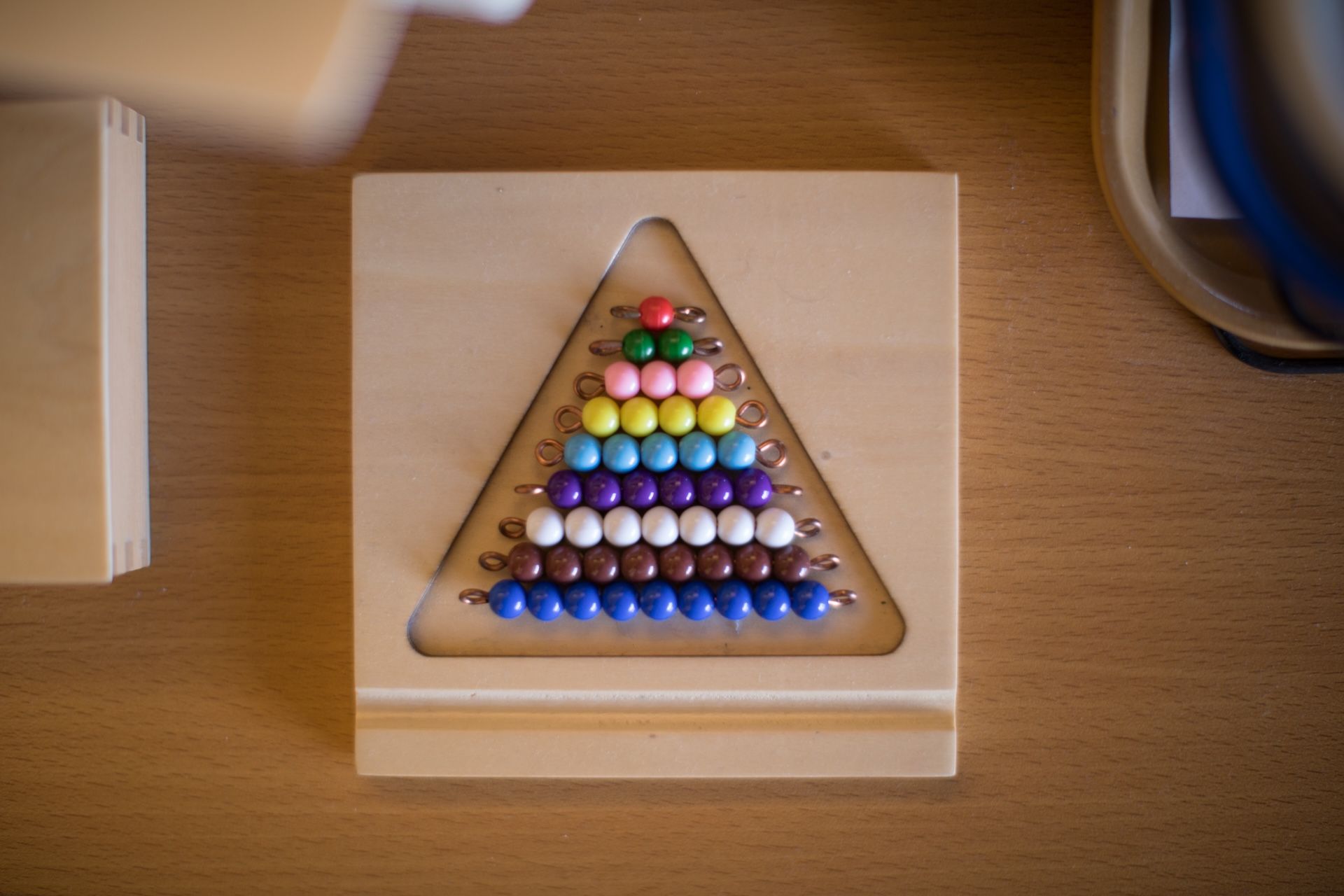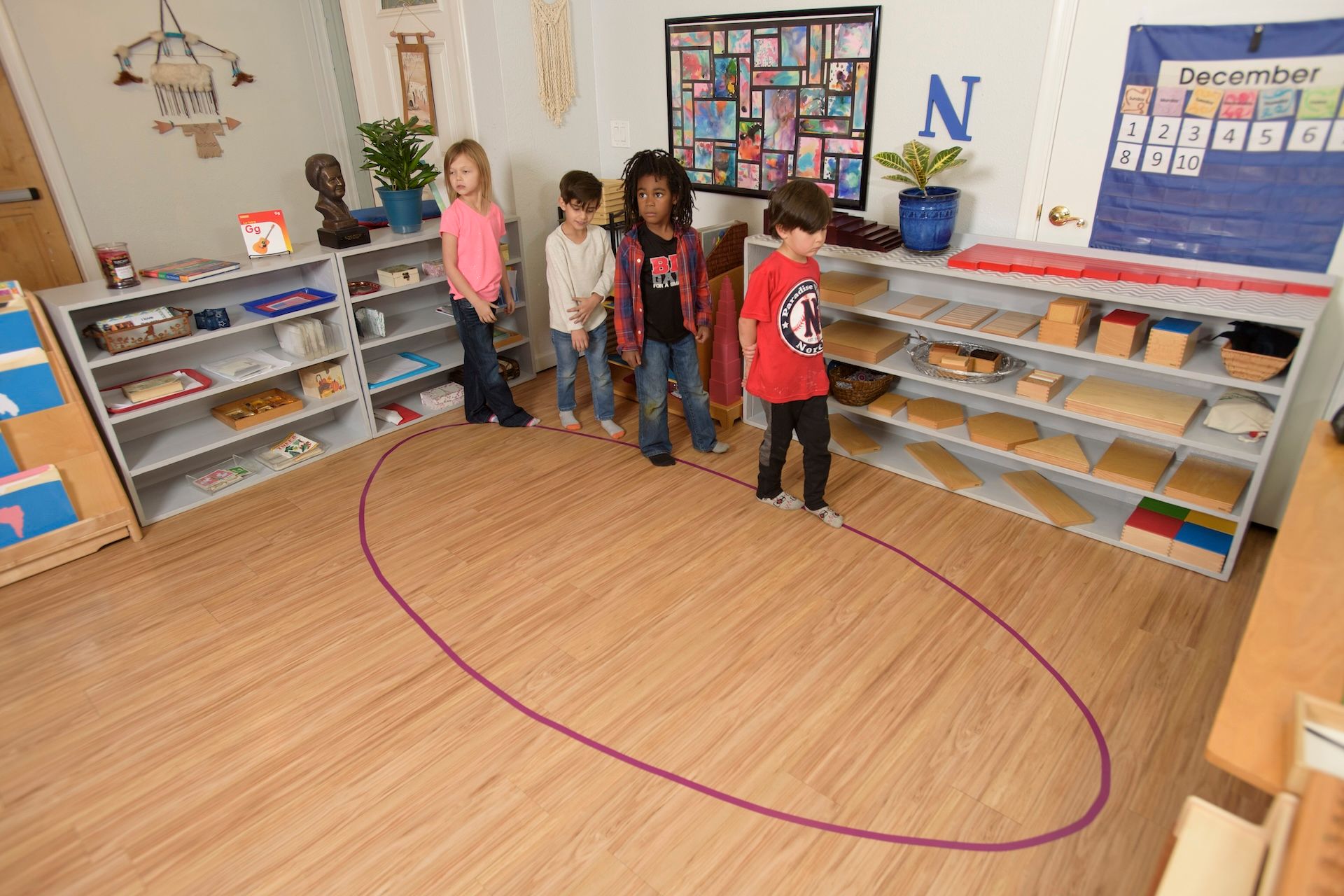
For younger kids, Montessori room design is very different than traditional nurseries. They’re decorated with artwork hung at the child’s eye-level and furnished with child-size furniture and floor beds instead of cribs. That’s great for babies and toddlers, but as your child starts growing up it’s time to start updating the room.
Montessori rooms for primary and elementary school-age children don’t look much different than traditional children’s rooms. But there are still Montessori elements you can incorporate to support your child’s learning and growth.
Flexible Room Elements
Unless you want to re-decorate the room every few years, focus on creating a design that can grow with your child. For major furniture items, pick out timeless pieces that will stay in the room for years. It’s much easier to update a bedspread than the bed frame.
Choose a paint color that will go with several different accent colors, such as a neutral tone or a versatile color like green or blue. Then you’ll be able to swap out curtains, wall decorations, and other accents to change the look of the room without repainting everything.
Size For The Child
Remember that in Montessori rooms it’s important for the room’s design to fit the child. You’ll want to make sure seating areas and desks are appropriately sized for your child . Also, be sure to provide storage that they can reach without help.
Consider picking out a low, horizontal dresser instead of a tall, upright dresser so kids can reach all the drawers. Also, be sure to design shelves and closets so your kid can get to their clothes, school supplies, toys, etc. If you use a flexible closet organizing system, you can adjust hanging rods for the child as they grow.
Decorating Montessori
When you’re designing a Montessori room for infants and toddlers, we recommend hanging mirrors and artwork low to the ground. As kids get taller, you can start moving decorations up so they stay near eye level.
Montessori rooms are not cluttered. Provide storage for all your child’s toys, books, and school supplies and encourage them to take responsibility for keeping their room clean. In addition, consider keeping loud toys and electronics out of the bedroom to minimize nighttime stimulation so kids can fall asleep more easily.
Sleep-Friendly Rooms
Most kids fall asleep best when they’re in an environment that’s cool, quiet, and dark. Make sure your child’s bedroom has room-darkening shades or curtains to block light outside the windows at night. For kids that don’t like the dark, make room for a soft nightlight. Try to minimize as much outside noise as possible and make sure the room isn’t too hot or too cold.
As you plan out the bedroom where your child will spend their growing up years, Montessori tips can help you design a room that supports your child. By designing the room to grow with your child, you’re helping them learn for themselves and supporting their individual growth. Montessori in the classroom is great, but Montessori in class and at home is even better.
The post Montessori In The Home: Designing Bedrooms for Growing Children appeared first on Pebblecreek Montessori.
Hours
MONDAY - FRIDAY
HALF DAY: 8:30a – 12 noon
ACADEMIC DAY: 8:30a – 3:30p
EARLY CARE: 7:00a – 8:30a
AFTER CARE: 3:30p – 6:00p
OFFICE: 8:00a - 4:00p
Programs
Connect
Pebblecreek Montessori




